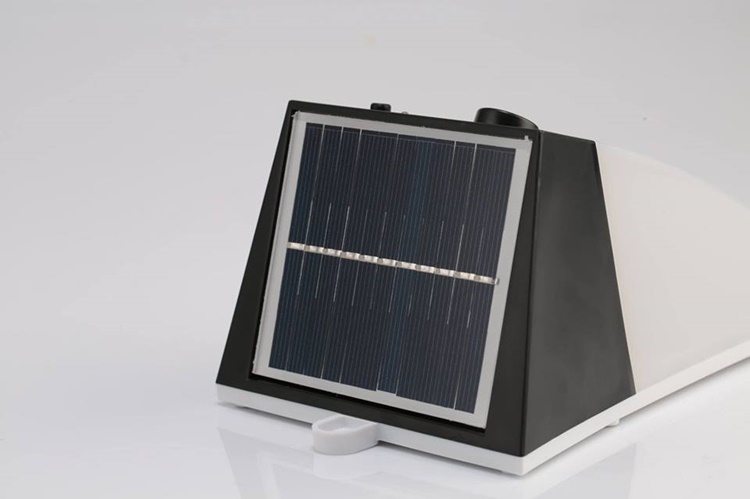

Optical gaps of organic solar cells as a reference for comparing voltage losses. This study introduces the concept of determining the photovoltaic gap of a solar cell from the EQE of the cell. Efficiency potential of photovoltaic materials and devices unveiled by detailed-balance analysis. Updated assessment of possibilities and limits for solar cells. This study introduces operational loss as a parameter for the comparison and analysis of solar cell technologies. Assessing possibilities and limits for solar cells. Detailed balance limit of efficiency of p–n junction solar cells. This knowledge transfer is timely, as the development of metal halide perovskites is helping to unite previously disparate, technology-focused strands of PV research. Although accurate or revolutionary developments cannot be predicted, cross-fertilization between technologies often occurs, making achievements in one cell type an indicator of evolutionary developments in others. By comparing PV cell parameters across technologies, we appraise how far each technology may progress in the near future. In addition to power conversion efficiencies, we consider many of the factors that affect power output for each cell type and note improvements in control over the optoelectronic quality of PV-relevant materials and interfaces and the discovery of new material properties. In addition, we analyse the PV developments of the more recently emerged lead halide perovskites together with notable improvements in sustainable chalcogenides, organic PVs and quantum dots technologies. Here, we analyse the progress in cells and modules based on single-crystalline GaAs, Si, GaInP and InP, multicrystalline Si as well as thin films of polycrystalline CdTe and CuIn xGa 1− xSe 2. The remarkable development in photovoltaic (PV) technologies over the past 5 years calls for a renewed assessment of their performance and potential for future progress.


 0 kommentar(er)
0 kommentar(er)
